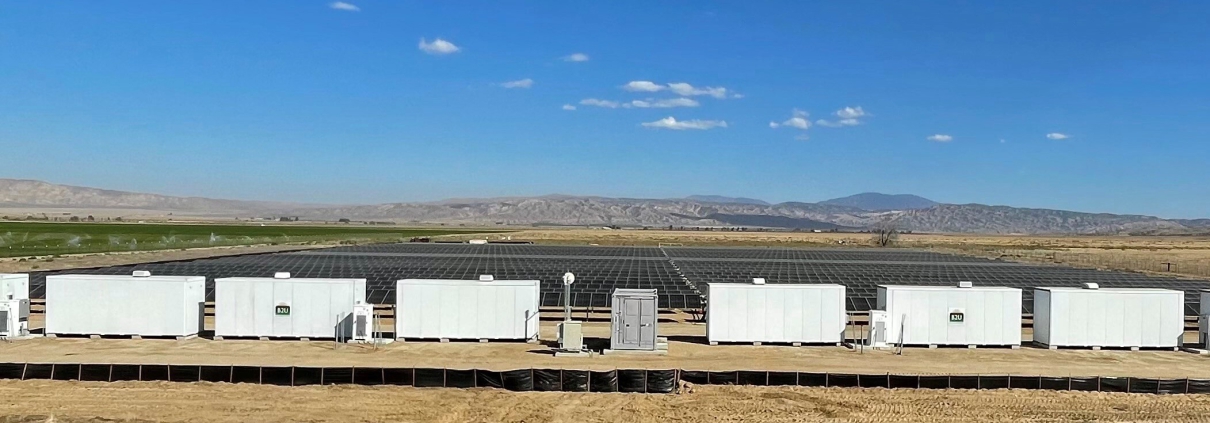Off-grid Energy Storage System: Everything You Need to Know for Reliable Independent Power
For many homeowners, remote property owners, and off-grid enthusiasts, reliable power is not just a convenience—it’s a necessity. When access to the main electrical grid is limited or unavailable, an off-grid energy storage system can provide consistent, self-sufficient electricity. In this article, we will explore how these systems work, the types of batteries used, key design considerations, and common applications.
- Why Off-grid Energy Storage Matters
An off-grid energy storage system is a standalone setup that stores electrical energy for use when generation sources are not actively producing power. Unlike grid-tied systems, it is completely independent from the utility network.
Common scenarios where off-grid energy storage is essential include:
- Remote homes or cabins far from electrical infrastructure
- Communication towers and remote industrial facilities
- Boats, RVs, and mobile applications
- Emergency backup for critical loads in areas with unreliable grids
The main advantage is peace of mind: even without grid access, you have reliable power for essential systems.
- How Off-grid Energy Storage Systems Work
An off-grid system typically consists of three main components:
- Energy Generation – Most often solar panels, wind turbines, or diesel generators.
- Energy Storage – Batteries store excess electricity for use when generation is insufficient.
- Power Management – Inverters and controllers convert stored DC energy to usable AC and regulate charging and discharging.
Key characteristics:
- Completely independent operation
- Continuous power supply to connected loads
- No reliance on utility grid signals
Unlike grid-tied energy storage systems, off-grid setups cannot participate in grid optimization, such as peak shaving, load shifting, or grid frequency regulation.
- Types of Batteries for Off-grid Systems
Choosing the right battery is crucial for system performance and longevity.
- Lead-acid batteries
- Pros: Lower cost, established technology
- Cons: Shorter lifespan, heavy, require regular maintenance (e.g., water topping, terminal cleaning)
- Lithium-ion batteries
- Pros: Long lifespan, high efficiency, lighter weight, minimal maintenance
- Cons: Higher upfront cost
- Other emerging technologies
- Sodium-ion batteries or flow batteries may be suitable for specialized applications.
Selecting the right battery depends on your energy needs, budget, and maintenance preferences.
- Designing an Off-grid Energy Storage System
Proper design ensures reliability and system longevity. Key factors include:
- Capacity planning – Determine daily energy consumption and the number of days the system should operate without generation.
- Depth of Discharge (DoD) and cycle life – Balance usable capacity with battery longevity.
- System safety and BMS – Battery Management Systems protect against overcharging, overdischarging, and temperature extremes.
- Environmental conditions – Temperature, humidity, and climate affect battery performance.
For readers interested in understanding large-scale storage and advanced system design trends, see Grid Energy Storage Systems: How Utilities and Developers Are Building the Future of Power.
While this article focuses on grid-connected solutions, it offers valuable insights into battery technologies, system architecture, and deployment strategies relevant to off-grid design considerations.
- Common Applications and Use Cases
Residential: Remote cabins, vacation homes, off-grid houses.
Industrial/Commercial: Telecom towers, microgrids, research stations.
Mobile/Temporary: RVs, boats, expedition vehicles, or emergency setups.
By considering these scenarios, designers can size systems appropriately and ensure reliability under varying conditions.
- Benefits of Off-grid Energy Storage Systems
- Reliable, independent power supply – Critical in areas without grid access.
- Integration with renewable energy – Can reduce fuel costs and environmental impact.
- Flexible scalability – Capacity can be expanded based on demand.
- Energy security – Reduces dependence on external infrastructure and ensures consistent operation for essential loads.
- Challenges and Considerations
While off-grid systems provide independence, there are challenges:
- Higher initial investment compared to simple grid-connected setups.
- Capacity planning complexity – Incorrect sizing can lead to insufficient power or premature battery degradation.
- Maintenance and environmental factors – Especially relevant for lead-acid batteries in extreme temperatures.
Lithium-based batteries can mitigate some of these challenges due to their high efficiency, low maintenance, and long cycle life.
- Conclusion
An off-grid energy storage system offers a self-sufficient solution for reliable electricity in remote or grid-limited areas. By carefully selecting battery types, planning capacity, and considering environmental factors, users can enjoy consistent power for their essential loads.
For those interested in broader storage trends and how large-scale energy storage is shaping the future of power, the article on Grid Energy Storage Systems provides valuable insights into system design, technology deployment, and operational strategies.
Understanding both off-grid and grid-tied storage systems equips readers with the knowledge to make informed energy planning decisions for any scenario.


